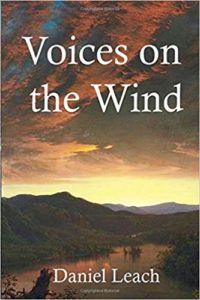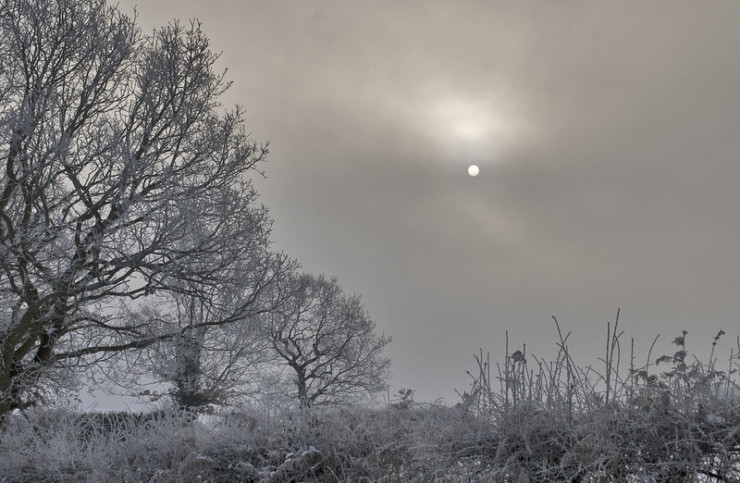Some 40 years ago, a new school of poetry emerged, one that today we’d call retro. Named the “New Formalism,” it described poets engaged with traditional poetic forms, ones where meter and rhyme were integral. The best known of the New Formalists are Dana Gioia, Mark Jarman, Molly Peacock, Phillis Levin, and Timothy Steele. They come from varied backgrounds, but they were all born in the late 1940s or early 1950s, putting them in the first half of the Baby Boom generation.
Another name for New Formalism might be “classical poetry,” the poetry that many of us grew up with in English and literature classes, like the sonnets of William Shakespeare and Philip Sidney, the epic poetry of John Milton, the story poetry of Alfred Lord Tennyson and Henry Wadsworth Longfellow, and the traditional poetry of Sara Teasdale, Emily Dickinson, and Edgar Lee Masters. Modernism, led by T.S. Eliot, Wallace Stevens, William Carlos Williams, and Dylan Thomas, was in many ways a full-scale assault on traditional and classical poetry.
One of the unexpected benefits of the Internet and social media has been a renewed interest in poetry, and that includes classical poetry. Related to the New Formalism, classical poetry is beginning something of its own revival, and classical poets are finding each other and new platforms to publish their work. These include the Society of Classical Poets and The Chained Muse.

Daniel Leach
Poet Daniel Leach publishes classical poems on both sites as well as elsewhere. Leach has spent much of his life advocating for the ideals of classical culture and classical poetry. He’s written essays on the poetry of John Keats, Percy Bysshe Shelley, and other poets, and on the advantages and benefits of reciting poetry. He also leads poetry workshops and seminars.
Voices on the Wind: Poems is Leach’s collection of classical poems, written in traditional meters and rhythms. He explains in the foreword that the collection “seeks to touch that which is universal in humanity; that longing for the eternal, the infinite, beyond the mere physical senses, yet somehow ever present and suffused throughout the things of this world.”
The poems succeed in doing exactly that, as Leach writes about nature, things lost and found, love and passion, death and remembrance, eternity, and “the threshold of the sublime.” To read these poems is to glimpse the beauty that surrounds us as well as the eternity that beckons us.
His poems of love and passion are a rather blatant reminder that classical poetry owns the subject of love. I’m sorry, but free verse and all the experimental forms we know today simply can’t compete. The rhyme, meter, and flow of classical love poems speak directly to the heart, the emotions, and the passions.
To a Distant Love

The earth lay ‘neath the moon,
The crickets chirp their urgent plight,
“Oh come be with me soon!”
Upon the branches overhead,
The gentle doves are cooing,
As lizards make a grassy bed
For lovers they are wooing.
The fireflies blink, and in a glance
They vanish from my sight,
But find, in star-inspired dance,
Each other in the night.
The tinkling of the silver stream
Lulls like a magic potion,
She tells the night her lovely dream—
To mingle with the ocean.
The threes, the birds, the stream—all things
Join with my lonely tune,
As through the night, to you, it rings,
“Oh come be with me soon.”
To read and enjoy a collection like Voices on the Wind feels almost countercultural. It centers us in a long and rich poetic tradition that today’s critics generally discount. But that tradition is there, bubbling and fermenting beneath the surface of contemporary poetry, waiting for its opportunity.
Photo by Berit Watkin, Creative Commons, via Flickr. Post by Glynn Young.
__________________________

“I require all our incoming poetry students—in the MFA I direct—to buy and read this book.”
—Jeanetta Calhoun Mish
- Poets and Poems: Peter Murphy and “You Too Were Once on Fire” - October 14, 2025
- “Your Accent! You Can’t Be from New Orleans!” - October 9, 2025
- Poets and Poems: Donna Vorreyer and “Unrivered” - October 7, 2025

Sandra Heska King says
He had me at the lizards.
I love these lines on the back cover from the Amazon image:
“It sleeps in all souls though the lyre be unstrung,
Those poems unwritten and songs unsung.”
Katie says
My favorite verse:
The tinkling of the silver stream
Lulls like a magic potion,
She tells the night her lovely dream –
To mingle with the ocean.
Will Willingham says
Loved that one too, Katie. Imagining that little tinkling stream and its big mingling dreams.
LindaAnn LoSchiavo says
Another name for New Formalism might be “classical poetry” — — or verse written in received forms.
I enjoyed the fine-tuned ear of Daniel Leach whose cleverly nuanced rhyming reminds me of Stephen Sondheim, a poet of the musical theatre.
Here in NYC, I was about to make audiences acquainted with my two new releases when “the curse of Coronavirus” shuttered every venue. I write formal verse. May I send you my books for your review, please?
The books are languishing at the moment in the sweaty leper colony known as Amazon.
— —
“A Route Obscure and Lonely” [60 pgs] by LindaAnn LoSchiavo
https://www.amazon.com/gp/product/1942007299/ref=dbs_a_def_rwt_hsch_vapi_taft_p1_i2
and
“Concupiscent Consumption” [chapbook] by LindaAnn LoSchiavo
https://www.amazon.com/gp/product/1948712474/ref=dbs_a_def_rwt_hsch_vapi_taft_p1_i6